Bilirubin is a waste product produced inside the body as a result of the activity of the liver. A high level of bilirubin in the body is an indication of poor liver health.
One of the most common diseases associated with high levels of bilirubin in the body is known as jaundice. This abnormality could be present in adults or in infants as well.
In order to improve liver function, we should adopt some healthy practices and this will also keep us safe from many harmful liver disorders as well.
Wondering how is bilirubin produced in the body? What could be the possible reasons behind the elevated levels of bilirubin? How to lower bilirubin levels in the body? Let’s dive deep into the discussion.
WHAT IS BILIRUBIN?
The liver is responsible for breaking down the old red blood cells inside the body. This activity of the liver results in the production of a by-product called bilirubin. Bilirubin is a brownish-yellow viscous substance. Its production site, the liver, is responsible for its excretion from the body as well.
In normal conditions, the production and excretion of bilirubin from the body are performed and adequately controlled by the liver. In situations when the raised levels of bilirubin are reported in the body, then it is taken as an indication or a warning of some serious health condition.
A high level of bilirubin in the body, also known as hyperbilirubinemia, points out the underlying health conditions is potentially associated with the liver. The most common abnormality associated with elevated levels of bilirubin is jaundice which is observed in people of all ages.
Other diseases that are also associated include hepatitis, alcoholic cirrhosis, non-alcoholic fatty liver disease.
HIGH BILIRUBIN LEVELS IN INFANTS
During the first week of life, many babies experience jaundice. There are different reasons behind this. In order to treat it properly, we first need to identify its causes and effects.
Causes of Elevated Bilirubin Levels in Infants
There are many factors that may result in a high level of bilirubin in the body of infants, some of them are explained below.
Babies that experience premature birth are reported to be less likely to process bilirubin because their livers are not completely functioning. Babies with ABO Incompatibility meaning the ones whose blood type is incompatible with the mother’s type may also have a high level of bilirubin in their body.
The babies that don’t receive enough of their mother’s milk and suffer from dehydration or the presence of certain proteins in the mother’s milk can cause breast milk jaundice in babies. The breakdown of red blood cells in babies who are significantly bruised during birth can also result in high levels of bilirubin in their bodies.
Other causes may include any hereditary or environmental factors or other health conditions associated with liver, blood, or enzyme problems.
Treatments for Infants
Different treatments are carried out in order to treat the infants that suffer from jaundice right after their birth.
The practitioner may recommend the mother to feed her infant with jaundice 12 times in a single day. Because increased feeding will enhance the bowels movement in the baby’s body which will contribute to eliminating bilirubin.
Sometimes pediatricians suggest phototherapy, in which the infant is exposed to light in the blue-green spectrum. These light rays pass from the baby’s body and enter into the blood where it changes the bilirubin into such substances which the infant’s body can easily eliminate. Exposure to direct sunlight can also help in lowering the levels of bilirubin. Sometimes a biliblanket, a fiber-optic based advanced instrument for phototherapy can also be used.
In case, if the jaundice is a result of any infection or other medical condition, then the doctor would suggest other treatments and in extreme conditions complete blood transfusions may also be carried out.
HIGH BILIRUBIN LEVELS IN ADULTS
In adults, elevated bilirubin levels cause a number of problems. There are three points when the bilirubin production system can run into trouble which includes before, during, and after the bilirubin production.
A number of health problems are associated with high levels of bilirubin in the body of an adult human.
If the problem occurs before the production of bilirubin, the adult can develop “conjugated jaundice”. The most common causes of this are hemolytic anemia or reabsorption of a large blood clot.
If the problem occurs during the production of bilirubin, the adult can develop jaundice as a result of viruses that may include hepatitis and Epstein-Barr, autoimmune disorders, and over consumption of medications like acetaminophen, oral contraceptives, and steroids, or the over consumption of alcohol as well.
If the problem occurs after the production of bilirubin, then the adult suffering from jaundice may suffer any problem related to the gall bladder or the pancreas.
Treatments for Adults
If a person is suffering from jaundice, then they should immediately consult with a doctor. The doctor will check the patient’s bilirubin levels as jaundice can be an indication of a serious health issue. The jaundice is often accompanied by other symptoms, like short-term jaundice, which is associated with infection along with fever, chills, abdominal discomfort, or other flu-like symptoms.
Jaundice may also be caused by cholestasis, which is explained as the interruption in the flow of bile. It can result in itching, darkened urine or lightened stool, and weight loss. Jaundice itself is not treated. The doctor will treat the cause of your jaundice and will treat any complications associated with it. In some cases, medications are given to treat the itching which is the most common symptom of jaundice.
During the treatment, the doctor verifies that the affected person may not have any rare medical condition like Gilbert syndrome (genetic liver disorder), Crigler – Najjar (caused by enzyme deficiency), sickle cell anemia or other blood disorders.
WAYS TO LOWER BILIRUBIN LEVELS IN THE BODY
If a person experiences elevated levels of bilirubin in the body, then they may consult a doctor for the diagnosis and treatment of the disease. In the case of a healthy person, one should take care of their health and adopt such practices that may reduce the level of bilirubin in the body naturally.
Following are the few precautionary measures which everyone should practice to reduce the levels of bilirubin in the body and this will eventually keep us safe from diseases associated with it.
The methods or the practices include staying hydrated, the use of fresh fruits and vegetables, the consumption of fiber, limited alcohol consumption, and maintaining a healthy weight, protection against hepatitis and being careful while taking medication.
Increase Water Intake
Drink plenty of water and always remain hydrated as this will facilitate the removal of wastes from the body, eventually resulting in lower bilirubin levels in the body. Water not only will facilitate the removal of wastes but it is also very beneficial to keep an individual in a healthy weight range by acting as an appetite suppressant and also stimulates the metabolism.
Consume Fruits and Vegetables
Fresh fruits and vegetables promote overall liver and organ health as they are low in fat and sugar. Liver healthy foods include cranberries, grapes, blueberries, nuts, and olive oil. But always keep the fact in mind that excess of anything is dangerous and you should incorporate a moderate amount of these healthy foods into your diet to get the most benefit from them.
Follow High Fiber Diet
It is proven by research that a high fiber diet contributes to promoting liver health. On average, a man should consume 30 to 38 grams of fiber a day while on the other hand women should consume 21 to 25 grams of fiber a day. Sources of fiber include different foods like carrots, almonds, apples, blackberries, raspberries, dried figs, celery, and many others.
Restrict Alcohol Consumption
It is obvious that high consumption of alcohol is extremely dangerous for your liver. If you want to take care of your liver health, then you have to cut down the alcohol consumption. It is recommended that both men and women should reduce their alcohol consumption to only one time a day in order to protect their liver from serious medical conditions. And for maximum liver health, one should avoid its consumption entirely.
Low Fat Intake
It is reported that compared to alcohol consumption, obesity is dangerous and damaging to the liver. Even in children, obesity can lead to fatty a liver. Foods that are high in fat are more likely to damage the liver. Other foods that may also contribute to damaging the liver include fried food and undercooked or raw shellfish.
Every individual should take care of his diet and should incorporate healthy food in it in order to maintain a healthy weight profile of the body which will eventually promote a healthy liver.
Protection Against Infectious Viruses
We all are well aware of the hepatitis A B C viruses and their negative effect on the liver. It is an infectious disease and can be avoided by strictly following all the precautionary measures. Hepatitis can be contracted through risky behaviors like the use of intravenous drugs because of which the virus may get inside your body through contaminated needles and in other cases, unprotected sex may also provide route to virus transmission inside the body of a healthy individual.
In order to protect yourself from these infectious viruses, you should not only practice hygienic activities but should also take a vaccination as well. Especially, if you are travelling to such areas of the world where there is a high rate of hepatitis you must get vaccinated before travelling.
Limit Mediations Intake
For medications, especially over-the-counter pain medication and common prescription drugs such as antibiotics, drugs that lower cholesterol, or anabolic steroids. Before taking any such medications, always consult your doctor to ensure that either these are harmful for your liver or not.
KEY TAKEAWAYS
All in all, it is quite clear that a high level of bilirubin in the body is an alarming sign of many serious liver disorders. High levels of bilirubin can be diagnosed in both either an infant or an adult. If you have been diagnosed with such a condition, then you should consult a doctor and take a proper treatment and you can also adopt the above-mentioned healthy practices in order to lower the bilirubin levels in the body naturally.
Article Sources
HealthxTips is committed to delivering content that adheres to highest standard for accuracy, sourcing and objective analysis.
HealthxTips uses only high-quality and trustworthy sources to support the facts in our articles.
1. Ali, S. S., Zia, M. K., Siddiqui, T., Ahsan, H., & Khan, F. H. (2020). Bilirubin binding affects the structure and function of alpha-2-macroglobulin. Journal of immunoassay & immunochemistry, 41(5), 841–851. https://doi.org/10.1080/15321819.2020.1783290
2. Baker L. B. (2019). Physiology of sweat gland function: The roles of sweating and sweat composition in human health. Temperature (Austin, Tex.), 6(3), 211–259. https://doi.org/10.1080/23328940.2019.1632145
3. Bel Hadj, I., Boukhris, R., Khalsi, F., Namouchi, M., Bougmiza, I., Tinsa, F., Hamouda, S., & Boussetta, K. (2019). ABO hemolytic disease of newborn : Does newborn’s blood group a risk factor?. La Tunisie medicale, 97(3), 455–460.
4. Chen, H., Wang, X., Xiong, C., & Zou, H. (2020). The negative effects of obesity on heart, especially the electrophysiology of the heart. Artificial cells, nanomedicine, and biotechnology, 48(1), 1055–1062. https://doi.org/10.1080/21691401.2020.1770269
5. Costello, S. A., Nyikal, J., Yu, V. Y., & McCloud, P. (1995). BiliBlanket phototherapy system versus conventional phototherapy: a randomized controlled trial in preterm infants. Journal of paediatrics and child health, 31(1), 11–13. https://doi.org/10.1111/j.1440-1754.1995.tb02903.x
6. Hilleman M. R. (1993). Hepatitis and hepatitis A vaccine: a glimpse of history. Journal of hepatology, 18 Suppl 2, S5–S10. https://doi.org/10.1016/s0168-8278(05)80370-8
7. Howe, R. B., Hadland, C. R., & Engel, R. R. (1978). Effect of phototherapy on serum bilirubin levels and red blood cell survival in congenitally jaundiced Gunn rats. The Journal of laboratory and clinical medicine, 92(2), 221–227.
8. Petrich, C. h., Göbel, U., & Delvos, U. (1975). Effect of bilirubin on stored red blood cells. Zeitschrift fur klinische Chemie und klinische Biochemie, 13(10), 461–464. https://doi.org/10.1515/cclm.1975.13.10.461
9. Phillips, J., & Henderson, A. C. (2018). Hemolytic Anemia: Evaluation and Differential Diagnosis. American family physician, 98(6), 354–361.
10. Roche, S. P., & Kobos, R. (2004). Jaundice in the adult patient. American family physician, 69(2), 299–304.
11. Rocco, A., Compare, D., Angrisani, D., Sanduzzi Zamparelli, M., & Nardone, G. (2014). Alcoholic disease: liver and beyond. World journal of gastroenterology, 20(40), 14652–14659. https://doi.org/10.3748/wjg.v20.i40.14652
12. Seyed Khoei, N., Jenab, M., Murphy, N., Banbury, B. L., Carreras-Torres, R., Viallon, V., Kühn, T., Bueno-de-Mesquita, B., Aleksandrova, K., Cross, A. J., Weiderpass, E., Stepien, M., Bulmer, A., Tjønneland, A., Boutron-Ruault, M. C., Severi, G., Carbonnel, F., Katzke, V., Boeing, H., Bergmann, M. M., … Freisling, H. (2020). Circulating bilirubin levels and risk of colorectal cancer: serological and Mendelian randomization analyses. BMC medicine, 18(1), 229. https://doi.org/10.1186/s12916-020-01703-w
13. Taylor, T., & Wheatley, M. (2018). Jaundice in the emergency department: meeting the challenges of diagnosis and treatment. Emergency medicine practice, 20(4), 1–24.
14. Thuener J. (2017). Hepatitis A and B Infections. Primary care, 44(4), 621–629. https://doi.org/10.1016/j.pop.2017.07.005
15. Weickert, M. O., & Pfeiffer, A. F. (2008). Metabolic effects of dietary fiber consumption and prevention of diabetes. The Journal of nutrition, 138(3), 439–442. https://doi.org/10.1093/jn/138.3.439
16. Zhang, D. S., Huang, Y. S., Xie, D. K., He, N., Dong, W. B., & Lei, X. P. (2019). Zhongguo dang dai er ke za zhi = Chinese journal of contemporary pediatrics, 21(7), 635–639. https://doi.org/10.7499/j.issn.1008-8830.2019.07.004
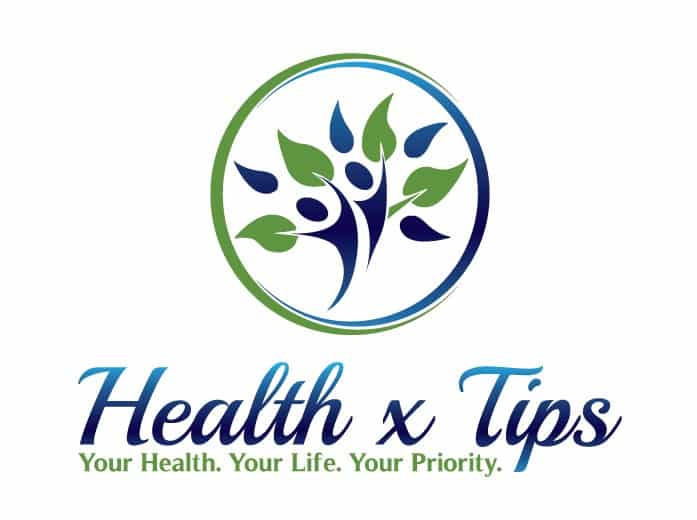

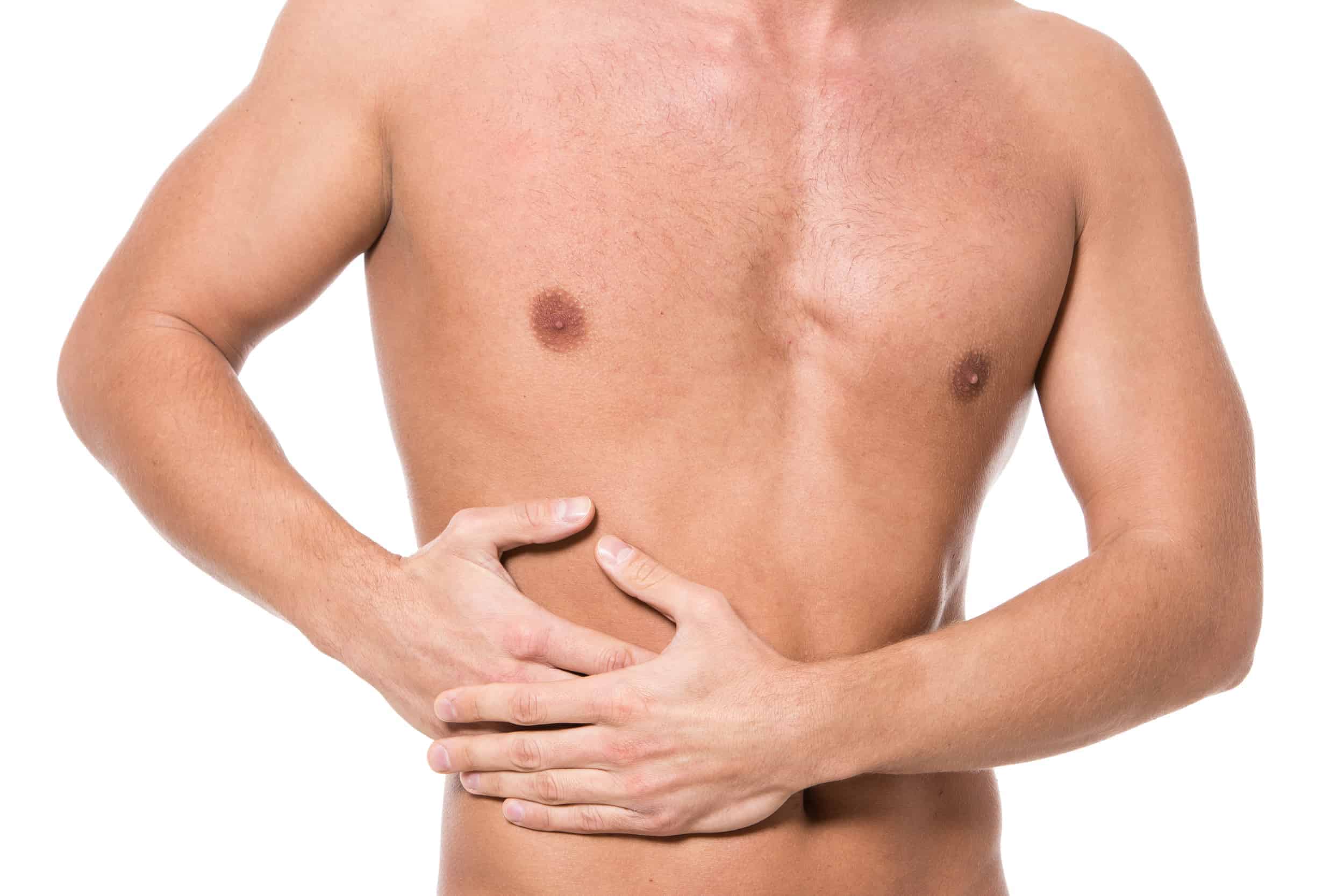


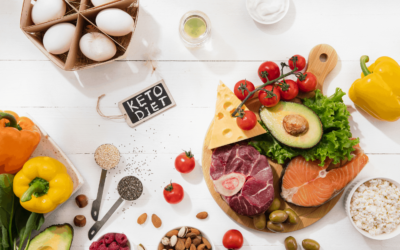
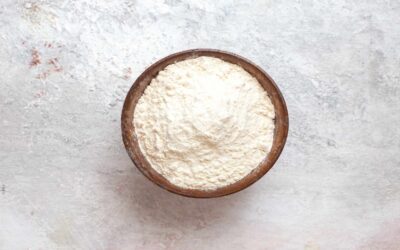
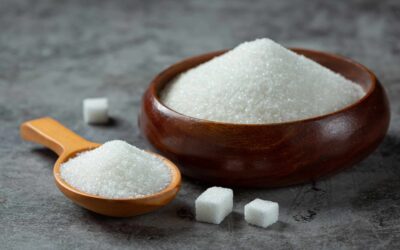
0 Comments